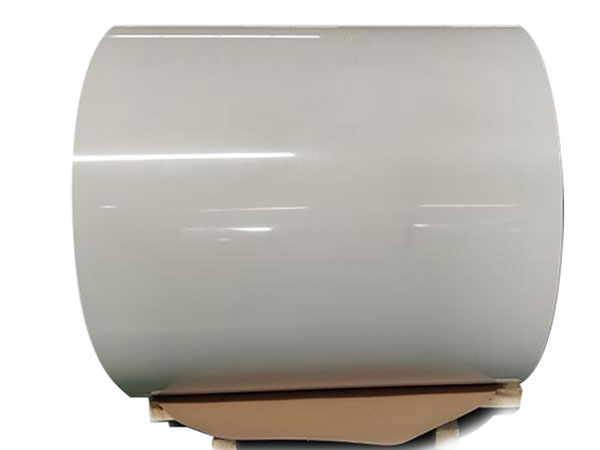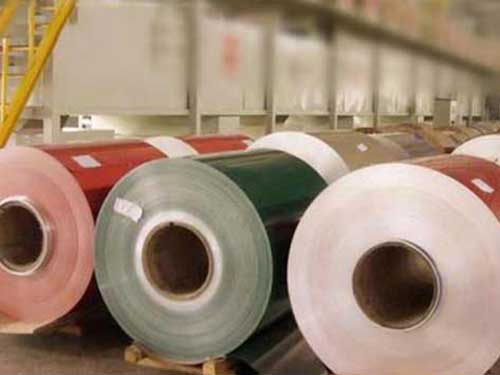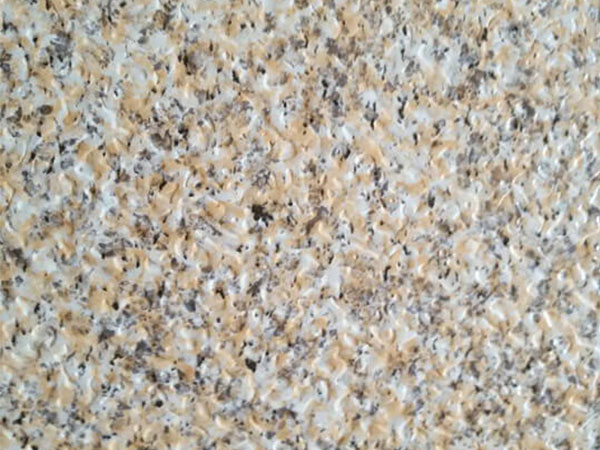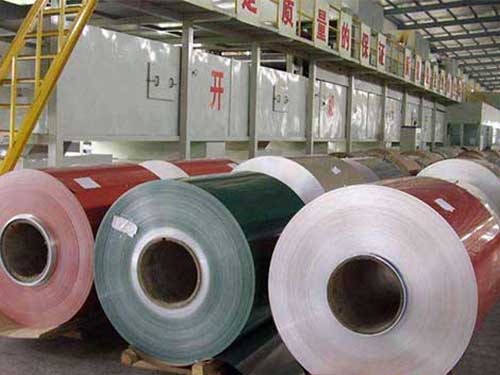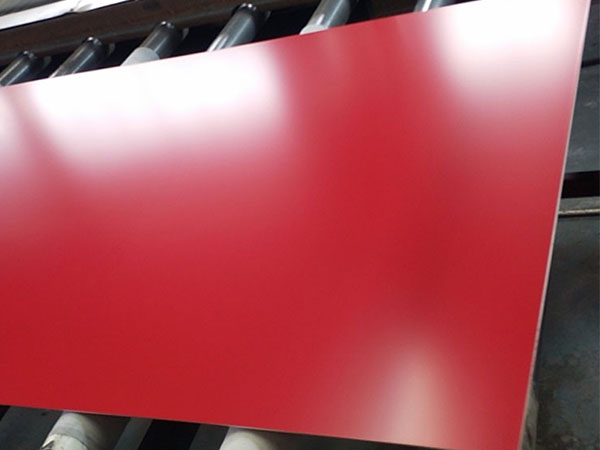1050 1060 1100 3003 color coated aluminum plates
Aluminum alloys have become staples in the industry due to their excellent intrinsic properties, combining light weight with corrosion resistance and malleability. In particular, 1050, 1060, 1100, and 3003 series aluminum alloys, as color-coated plates, have seen extensive application across various sectors.
the Alloys
Before the multifaceted applications of these colored aluminum plates, a clear distinction among the alloy representatives—1050, 1060, 1100, and 3003—is essential.
- 1050 Aluminum Alloy:
- Composition: 99.5% aluminum content, indicating a high level of purity.
- Properties: Exhibiting great conductivity (both electrical and thermal), excellent corrosion resistance, and high ductility. It’s a popular choice for applications that demand purity, sound reflection, and heat dissipation.
- Application: Ideally utilized in corrosive environments like the chemical and food-processing industries where the metallic ion release must be minimal.
- Composition: 99.6% pure aluminum, subtly higher purity than 1050, consolidating better properties.
- Properties: Excellent workability, high resistance to atmospheric corrosion, good weldability, and formability, frequently employed where increased electrical and thermal conductivity is essential.
- Application: Predominantly found in applications like power transmission lines and any infrastructure requiring superior electrically conductive materials.
- Composition: Comprised of at least 99.0% aluminum; includes small proportions of copper and iron for enhanced properties.
- Properties: Boasting an excellent balance of ductility and workability, coupled with satisfactory corrosion resistance when subjected to painted finishes.
- Application: Commonly used in heat exchangers, cooking utensils, and decorative applications due to its formability and aligning aesthetics.
- Composition: Primarily aluminum, with approximately 1.2-1.5% manganese.
- Properties: Noteworthy for its excellent corrosion resistance, forming capability, and increased strength thanks to the added manganese. It’s a frequently preferred choice for fabrication in thin gauged applications.
- Application: Suited for building pieces like storage roofs, trailers, and even pharmaceutical equipment where enhanced formability and moderate strength are paramount.
The Benefits of Color Coating
Choosing to paint these aluminum plates offers unique advantages that significantly elevate their operation quality. The painting process endows the aluminum plate with protective and aesthetic features.
- Aesthetics:
- Color-coated aluminum plates are particularly esteemed in architectural applications for their pleasing visual appeal and the ability to integrate fashionably with diverse designs.
- The color coating application creates an additional layer of protection against environmental influences such as corrosion and abrasion, increasing longevity in installations subjected to challenging conditions.
- Impeding the direct exposure of aluminum to adverse elements, the coating diminishes the risk of the metal degrading, commonly due to salts, acids, and alkalis.
- The underlying aluminum already excels at heat resistance; when the coating is applied properly, these plates can significantly reduce thermal transfer, making them beneficial in insulation systems.
Engineering and Implementation Standards
When integrating these color-coated aluminum plates into designs, compliance with industry standards as well documented by the Aluminum Association and ASTM are essential. These regulations encompass material properties, permissible tolerances, and detailed specifications regarding the painting mechanisms.
ASTM B137 (Standard Specification for Polymeric Coatings) stipulates the capabilities and properties pertinent to coatings.
ASTM B209 governs the specifics related to aluminum & aluminum-alloy sheet and plate design, ensuring the continuance of strength indicators when coated satisfactorily.
Thickness Considerations:
- Measurements of the plating and the resultant finish must be in line with the intended application strain. Typical coating thickness ranged from 15 to 25 Micrometers is ideally adopted.
https://www.al-alloy.com/a/1050-1060-1100-3003-color-coated-aluminum-plates.html


